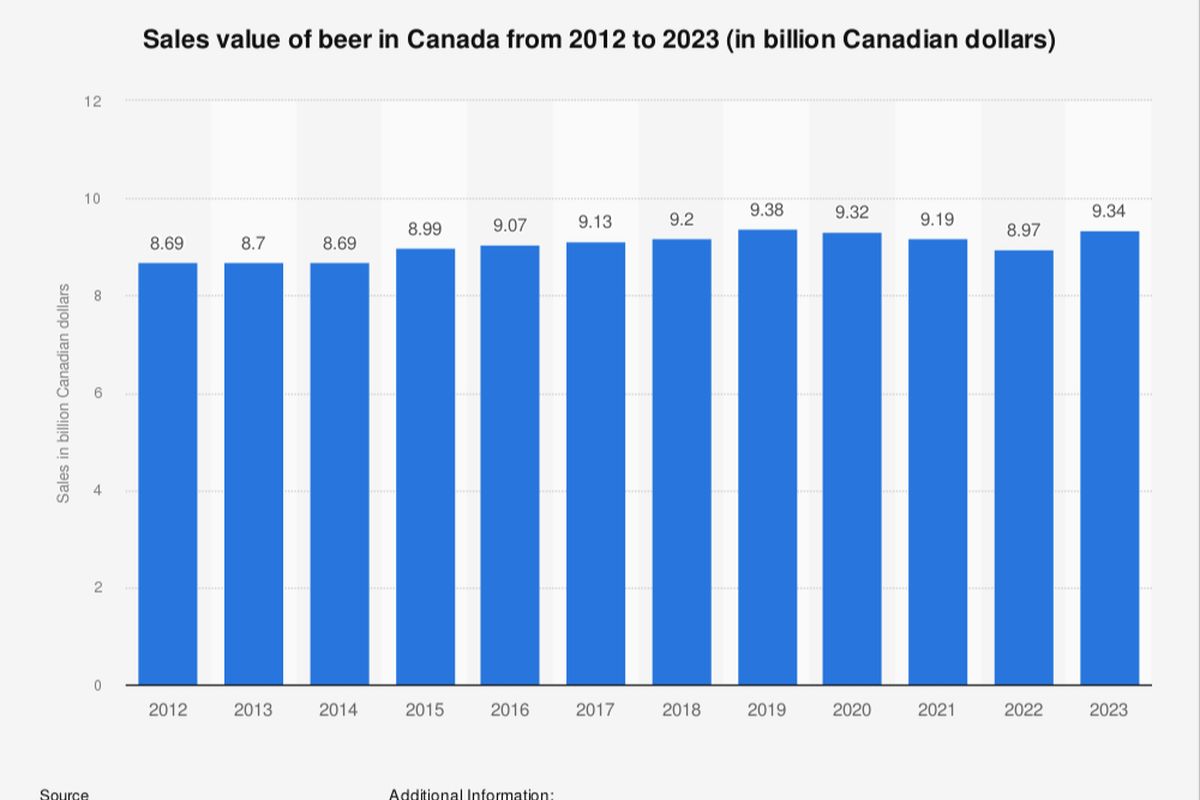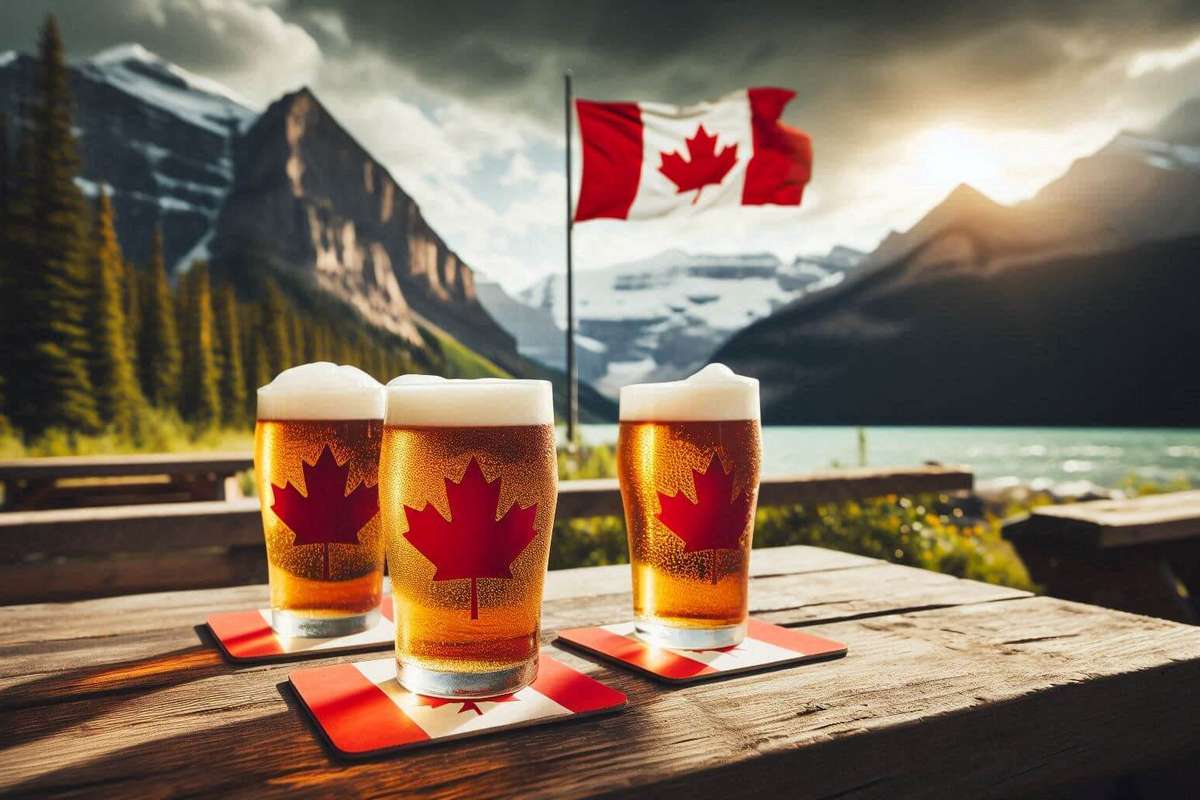Beer has long been a popular beverage in Canada. As such, understanding the sales statistics of beer in Canada gives us insight into the country’s drinking habits and economic impact.
Over the years, beer sales have shown interesting trends, influenced by factors such as changing consumer preferences, craft beer’s rise, and demographic shifts.
In recent years, the Canadian beer market has seen steady growth. According to industry reports, beer sales in Canada reached approximately CAD 9 billion in 2022. This figure reflects not only the popularity of beer but also the resilience of the industry, especially in the face of challenges like the COVID-19 pandemic.
During the pandemic, many breweries and pubs had to adapt quickly, shifting to online sales and takeout options to survive. This flexibility helped maintain beer sales despite restrictions on social gatherings.
The craft beer segment has significantly contributed to the overall growth of the beer market. Craft breweries, known for their unique and diverse flavors, have gained a loyal following among consumers.
By 2022, craft beer accounted for around 25% of total beer sales in Canada. This surge in popularity has encouraged new breweries to open, especially in provinces like British Columbia, Ontario, and Quebec, where craft beer culture thrives. Consumers are increasingly seeking out locally made products, which has benefited craft brewers who often emphasize their regional roots.
Demographics also play a crucial role in shaping beer sales.
Younger generations, such as Millennials and Gen Z, tend to have different preferences compared to older drinkers. While traditional lagers remain popular, younger consumers are more inclined to experiment with craft beers, ciders, and non-alcoholic options. This shift has prompted breweries to innovate, creating unique flavors and styles to cater to diverse tastes.
The growing interest in health and wellness has also led to the rise of low-alcohol and non-alcoholic beers, appealing to those looking for lighter options without sacrificing flavor.
Regional differences are another important aspect of beer sales in Canada. For instance, Quebec is known for its strong beer culture, with a higher per capita consumption compared to other provinces. The province’s unique brewing traditions and strong support for local breweries contribute to its vibrant beer scene.
Meanwhile, provinces like Alberta and British Columbia have seen a boom in craft breweries, attracting both locals and tourists who want to explore the variety of beers available.
As for sales channels, the majority of beer in Canada is sold through liquor stores and retail outlets. However, there has been a notable increase in sales through restaurants and bars, as socializing with friends over a beer remains a popular pastime. Online sales have also grown, particularly during the pandemic, allowing consumers to order their favorite beers from the comfort of their homes.
The sales statistics of beer in Canada reflect a dynamic and evolving market. With a strong foundation built on traditional favorites and an exciting craft beer scene, the industry continues to adapt to changing consumer preferences and trends.
As Canadians explore new flavors and styles, the beer market is likely to remain vibrant and diverse for years to come.





